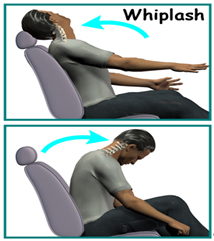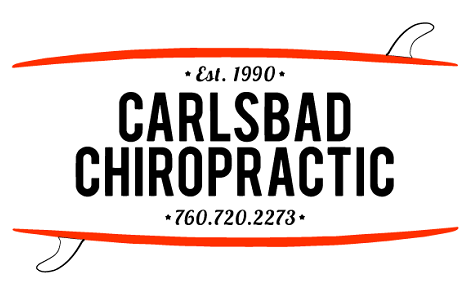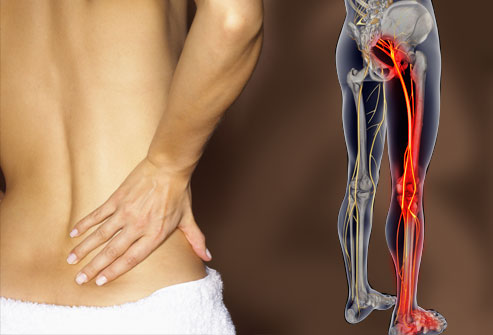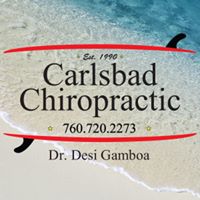Whiplash

Whiplash is a general term for a wide range of neck injuries and other health complaints. It is usually caused by a violent sudden movement of the head in relation to the torso. This sudden movement mostly happens in a crash from a vehicle being hit from behind by another vehicle, as in a rear impact collision or multiple collisions. It can however occur in other crash types and in other types of accidents such as diving into water.
Medically it is a disruption of the neck vertebrae, but medical publications point out it is not only the vertebrae, but other tissues, such as muscles, ligaments and tendons, and as far reaching as the brain! Whiplash is best diagnosed with the combination of neck pain, headaches, back pain, sciatica, sleeplessness and concentration problems.
Research at the Spine Research Institute of San Diego and elsewhere has demonstrated that females are exposed to significantly higher acceleration loads at the head than males and experience somewhat different kinematic responses to car accidents. Males, with their larger mass and taller seated height, tend to interact more with their seat belt restraints, bending the seat back rearward. Their heads often rise above their head restraint and they may experience greater rearward bending (extension) of the neck. Females, with their lower mass, are more easily accelerated and often experience greater forward bending moments of their necks. This is largely also a function of better head restraints geometry and earlier head restraint contact.
Human Factors and how they influence the risk for injury
Awareness Preparedness for impact will greatly reduce the severity of injury in most cases of rear impact crash. For example, early crash test researchers demonstrated that by bracing for impact a human could reduce the forces to the head significantly. This was subsequently confirmed by others. The effect of awareness was carefully analyzed in rear impact collisions more recently. It was found that none of the patients (n=163) who were aware of the impending collision and pushed themselves back into the seat were injured, whereas no differences were seen between those who were aware and did not push themselves back and those who were unaware. Muscular tension alone would appear to be inadequate protection against injury. However, one should distinguish a difference between awareness and preparedness, because the former is not necessarily equivalent to the latter. Awareness is a significant outcome variable. Twenty-eight percent of a group who were aware reported significantly fewer symptoms and a lower intensity of headache. Another group who followed a small group (n=29) of CAD ( stands for cervical acceleration-deceleration-Whiplash) patients for 6 months, found awareness to be a strong prognostic indicator, with unaware patients 15 times more likely to have long-term chronic pain, see spinal decompression. Japanese researchers conducted a retrospective evaluation of a very large population of CAD victims and concluded that awareness was not a factor. However, their methodology was flawed and their report was unreliable, as well as inconsistent with other reports. Although not reaching the level of statistical significance, another author found that drivers who were unaware of the impending impact were 20% more likely to be injured. (CAD- Stands for Cervical Acceleration/Deceleration- aka whiplash)
Gender
Numerous studies have consistently revealed that males are more likely to be involved in crashes than females. Female occupants, however, have the highest risk in all injury ranges. Males and females are at equal fault for rear impact crash, but females are slightly over-represented in the struck driver role for reasons that are not clear. We suspect that they spend slightly more time in the intersection and may be more likely to panic brake. It is also consistently reported that females are at twice the risk for injury as males.
Treatment
The Spine Research Institute of San Diego recognizes that many of the chronic pain sufferers and persons disabled by whiplash injury might be spared that fate by a more effective and broad scope approach to treatment and rehabilitation. Rather than the common passive role, patients should be encouraged to take an active part in their rehabilitation, and should be provided with every means practical to make a quick and complete recovery.




